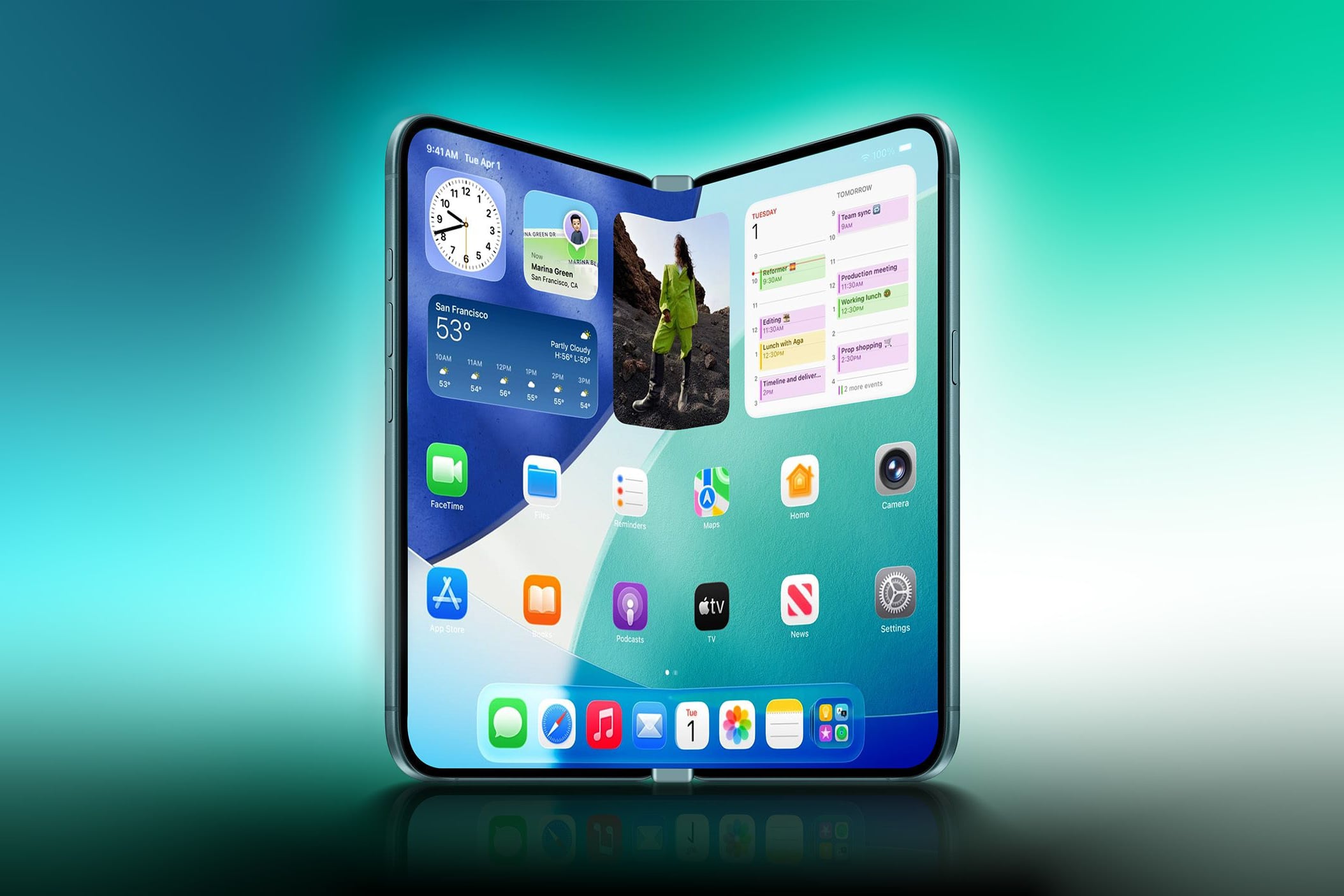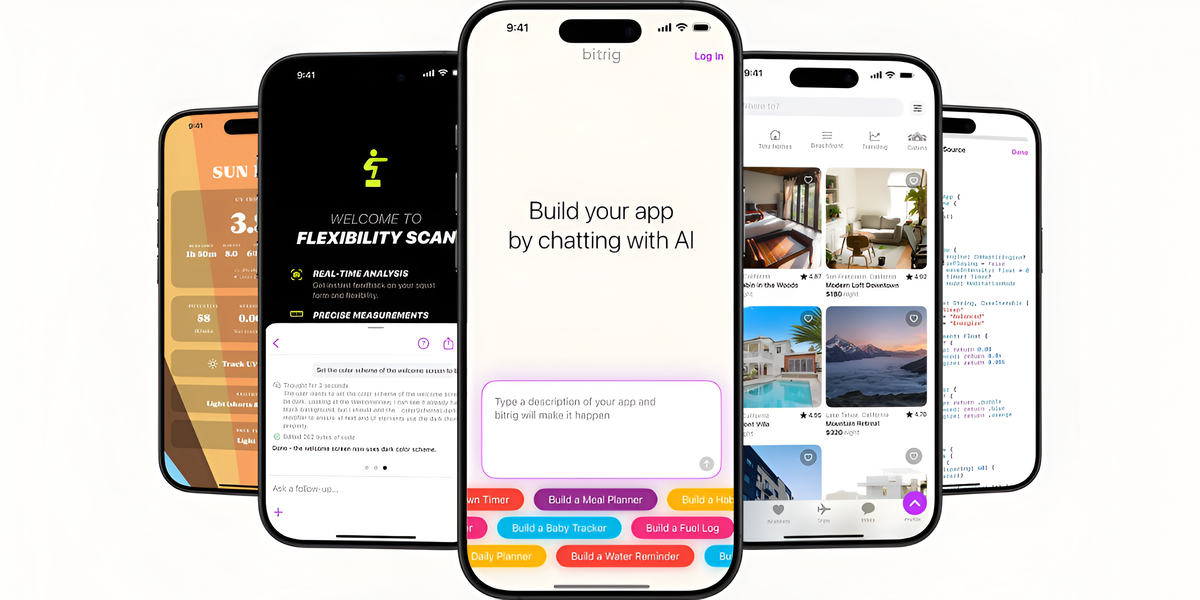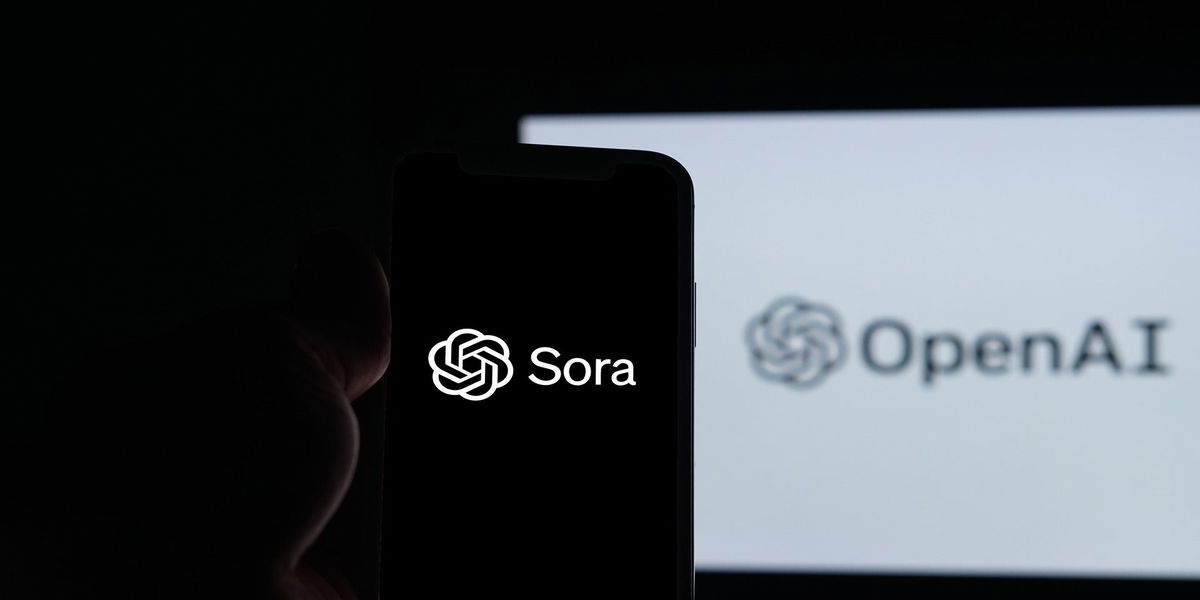Sergio Llanos González is a mechanical engineer who has taught schools in Valle del Cauca for 27 years. He works in the municipality of Cerrito, in Corregimiento, Tenerife. There, amid a landscape of tall onion and potato crops, he teaches physics to high school students. But over the course of five years, he changed teaching on YouTube with his role as one of the most popular educational youtubers in the country.
To understand the reach of his online lectures, you need to see the viewership numbers behind his channel, Professor Sergio Llanos. One of his most watched videos alone has more than a million views and more than 1,500 comments, mostly from different countries. Here, for 10 minutes and in one go without interruption, he explains a fundamental physics problem: adding vectors using the rectangular component method.
But the case of teacher Sergio is not isolated. Most registered users from around the world refer to videos on YouTube looking for educational content. According to this network, about 70 percent of registered users want to learn about a topic: from how to remove a stain from clothes or how to prepare for a trip to Europe to solving linear equations.
This increased interest was discovered ten years ago by Colombian engineer Julio Ríos Gallego. took to YouTube with math videos to support her face-to-face lessons. He did it at a time when little was said about monetization or influencers. He is now Colombia’s most followed and one of the most prestigious educational youtubers in the region.
“I started in 2009 with a very simple 4 megapixel camera. Then I switched to the video camera and have been using a cell phone for about six years. This is my production team and I also learned video editing, lighting; it’s all very home-made, but it takes a lot of effort to make this project happen”, says.
He withdrew from the usual classrooms and devoted all his time to stepping into his channel and the digital world.
“What I want is to remove the perception that math is difficult or boring. I do this step by step, very detailed, very calmly, revealing and explaining some tricks,” he says. His YouTube profile, named Julioprofe, has more than 3,500,000 subscribers and has a dozen videos where he develops trinomial factorization problems or linear execution systems, among other exercises, with between two and three million views each.
The way he and his academics build a digital audience is exemplary of the generation of educators as they call themselves. And it is also for the same platform, which was born in 2005 and recognized the development of an initially non-educational bet. More than a million pieces of teaching content are published every day.
The most recent debates against the platform have focused on its video recommendation algorithm, the proliferation of fake news such as misinformation around election times, or content that contradicts proven scientific facts such as anti-vaccine campaigns, false theories about the apartment. Conspiracies that planet Earth or man never reached the Moon. Accordingly, YouTube responds that it has taken precautions and will continue to delete supremacist content and edit posts that violate its policies and may harm people.
Antoine Torres, the firm’s head of educational content alliances in Latin America, recognizes the challenge. “We feel this huge responsibility towards users,” he said in a conversation with EL TIEMPO of YouTube Space in Rio de Janeiro, one of the content studios the platform has in ten cities around the world to educate creators.
“We plan to make it easier to identify reliable sources in education. I can’t give details, but we’re discussing it with educators in forums to understand their suggestions and what might work,” he adds.
In this context, the platform brought together teachers Julio and Sergio and 170 other educators in Brazil at #EduCon, where educators who create audiences on these platforms come together. Alan brought up the discussion on how to ensure the quality of education and the responsibility it entails.
“This is a big challenge. On the one hand, we made some changes from the product itself. When it comes to breaking news, we highlight content from trusted information sources. By adding links to Wikipedia articles, for example, among others, we provide context for certain topics and give less space to content that may be borderline ethical,” Torres says.
Last year, The firm announced that it has invested $20 million in YouTube Learning, a program that supports 75 creators, 25 of whom are in Latin America, in the potentiation of educational videos. A few weeks ago, the ‘Training Lists’ functionality was introduced, which aims to organize the best educational content and highlight it for users in their searches.
“YouTube is not designed to replace school or university. We see these channels give personal attention to students. If someone doesn’t understand a math problem, they can go to YouTube and watch the video over and over until they understand it. This is a very good complement to school, which allows them to have better outcomes”, concludes Torres.
In 2018, more than 4.5 billion hours of “how-to” videos were watched in the title. The current discussion is how to make sure existing answers are on the information side and verifiable. For some, the secret is rigor and trust with the audience.
JULIAN ESPINOSA ROJAS
WEATHER VISUAL DESK ASSISTANT*
*Special Ambassador to Rio de Janeiro (Brazil) @julerck
Source: Exame













